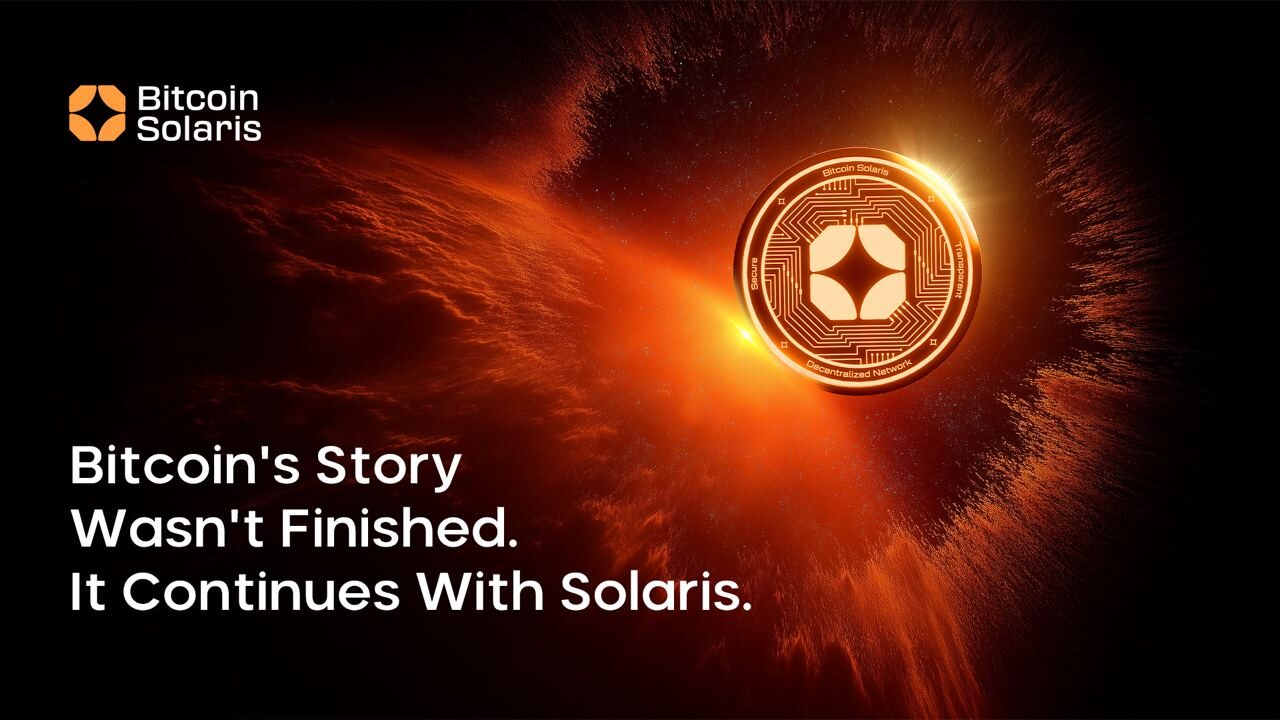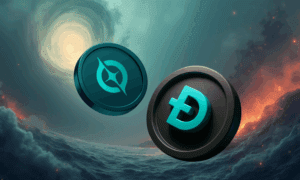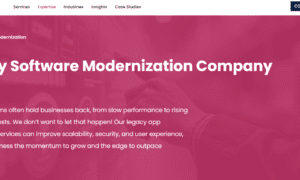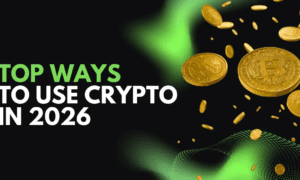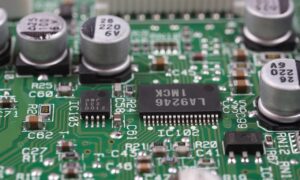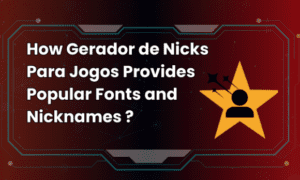Dogecoin will always have a place in crypto history. It showed that a lighthearted meme could capture global attention and spark major rallies. But it also exposed the limits of sentiment-driven projects. Without native utility, infrastructure upgrades, or long-term scalability, Dogecoin has remained mostly static — popular, but not evolving.
Bitcoin Solaris takes a very different approach. Built on a dual-layer architecture that merges decentralized security with smart contract speed, it delivers what Dogecoin never aimed for: a scalable, programmable, and fully usable blockchain ecosystem.
Dogecoin’s Limitations Are Its Design
Dogecoin was created as a joke — and it succeeded far beyond its creators’ expectations. But beneath the viral success, the technology hasn’t changed much. It still runs on Proof-of-Work, has no smart contract support, and doesn’t offer a clear roadmap for real utility.
Mining Dogecoin requires GPUs or ASICs, putting it out of reach for most users. And while it’s occasionally used for tipping and transfers, Dogecoin doesn’t power dApps, support NFTs, or enable DeFi. It’s a hold-and-hope asset, not a participation platform. That approach may resonate with communities, but it doesn’t move blockchain tech forward.

Bitcoin Solaris was built to solve the problems legacy chains didn’t. At its core is a dual-layer blockchain architecture that separates security from throughput — letting each layer do what it does best.
- The Base Layer acts as the foundation. It handles network security, ledger validation, and decentralization using a mix of Proof-of-Stake (PoS) and Proof-of-Capacity (PoC) consensus.
- The Solaris Layer, built using Solana’s high-speed framework, manages smart contracts, decentralized apps, and high-throughput interactions with Proof-of-History (PoH) and Proof-of-Time (PoT).
Together, these layers work in sync — connected by the Helios Consensus Mechanism (HCM). This hybrid protocol coordinates mining, validation, and cross-layer communication, enabling 10,000+ transactions per second with sub-2 second finality.
Want a full look at how Bitcoin Solaris’s dual-layer architecture compares to other chains? Crypto Dex World covers it all.
Beyond Holding: Real User Participation
Unlike Dogecoin, Bitcoin Solaris doesn’t just offer a token. Users don’t need powerful hardware or expensive wallets to contribute. Through the upcoming Nova App, participants can mine BTC-S directly from their smartphones.
The app uses a few gigabytes of storage and background CPU to validate transactions and support network operations. Rewards are distributed in real time, and participation is open globally.
This approach reinvents mining — making it energy-efficient, mobile-first, and accessible to billions of smartphone users.
Programmable Utility at Scale
Bitcoin Solaris supports real decentralized applications. Developers can deploy smart contracts, manage NFTs, build financial tools, or launch consumer platforms — all from a high-speed layer that integrates with a secure base chain.
Dogecoin, by contrast, doesn’t have smart contract capabilities. It’s not built for DApps, lending, or DeFi. That limits its growth — and keeps users on the sidelines.
Bitcoin Solaris, on the other hand, combines real performance with real potential. It supports:
- dApps with real-time execution
- Tokenized assets
- On-chain governance
- Staking and mobile mining
- Cross-layer smart contract integration
This isn’t theory — it’s being built and tested now, and ready for rollout alongside token distribution.
Token Model: Fixed, Transparent, and Fair
Dogecoin has no maximum supply. BTC-S does.
Bitcoin Solaris follows Bitcoin’s capped model: 21 million BTC-S tokens will ever exist. The network avoids inflation, burn tricks, or backdoor emissions. Instead, it allocates tokens clearly:
- 20% (4.2 million tokens) are available during presale
- Current Phase 2 Price: 2 USDT per token
- Next Price (Phase 3): 3 USDT per token
There are no insider discounts, lotteries, or bonus tiers. Just clean, predictable distribution while early phases remain open.
Moreover, Bitcoin Solaris has passed full audits and KYC procedures from independent security firms:
- Cyberscope Audit
- Freshcoins Audit
- KYC Verification
Consensus, token mechanics, and contract functions are all open-source and verifiable. Unlike legacy meme coins, this is infrastructure you can inspect — not just tweet about.

Dogecoin captured attention with simplicity. Bitcoin Solaris earns it with engineering. One is a movement built on memes. The other is a system built for scale, participation, and utility.
With dual-layer architecture, real smart contract support, and mobile-native mining, Bitcoin Solaris isn’t reacting to the market — it’s designing for where the market is going.
Website: https://bitcoinsolaris.com/
X: https://x.com/BitcoinSolaris
Telegram: https://t.me/Bitcoinsolaris

